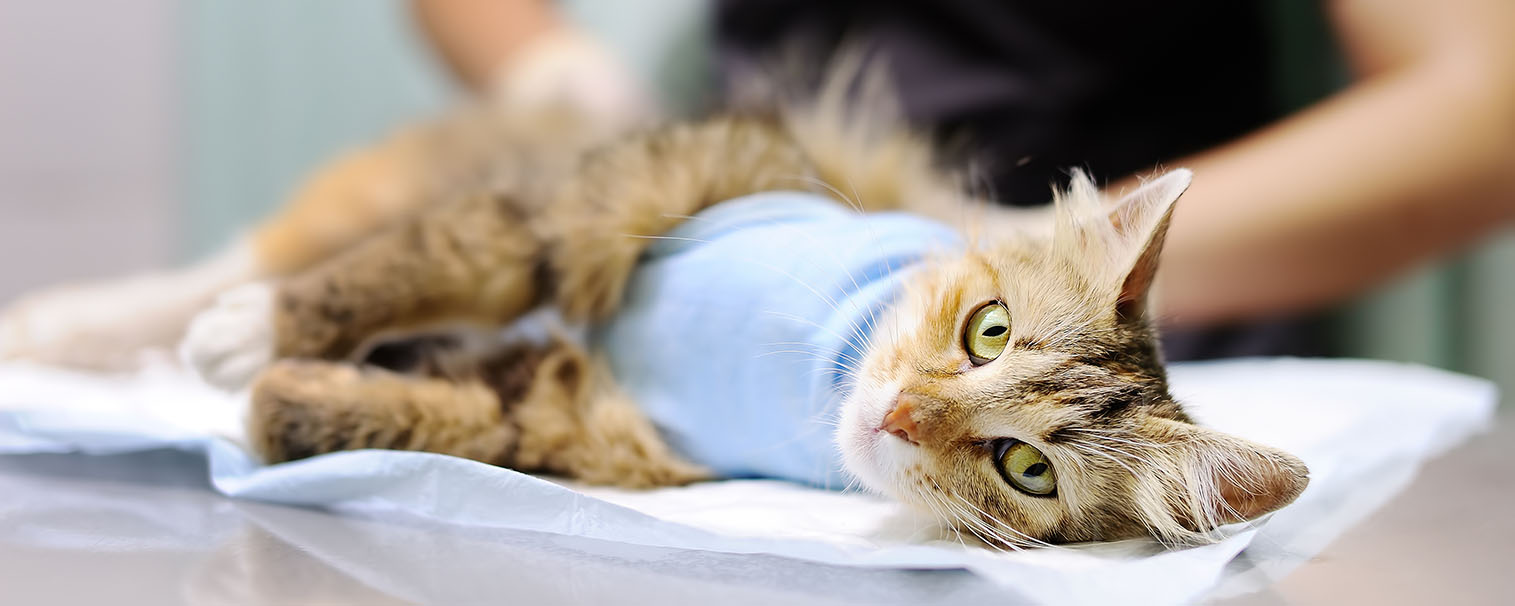Comprehensive Guide to Veterinary Orthopedic Instrument Sets and Implant Systems

Abstract: Orthopedic surgeries in veterinary medicine require precision, durability, and high-quality instrumentation to ensure successful outcomes. Instrument sets and implant systems, including plates and screws, play a crucial role in fracture management and skeletal reconstruction in animals. This article provides a detailed overview of essential orthopedic instrument sets, various implant types, their applications, and advancements in veterinary orthopedic implants.
Introduction: The field of veterinary orthopedics has seen significant advancements with the introduction of specialized instrument sets and implant systems. These tools are designed to enhance surgical precision, minimize complications, and accelerate post-operative recovery. The objective of this article is to explore different orthopedic instruments and implant options available for veterinary applications.
Essential Orthopedic Instrument Sets: Veterinary orthopedic surgeries rely on a variety of specialized instruments. Some of the most commonly used include:
- Bone Holding Forceps: Used for stabilizing bone fragments during fixation procedures.
- Drill Guides and Depth Gauges: Essential for precise screw placement.
- Bone Cutting Instruments: Including osteotomes, saws, and wire cutters for accurate bone resection.
- Retractors: Assist in optimal visualization and access to the surgical site.
- Screwdrivers and Taps: Designed for the proper insertion and removal of orthopedic screws.
Implant Plates and Screws in Veterinary Orthopedics: Modern veterinary orthopedics has introduced a range of implant plates and screws tailored for different fracture types and animal species. Some key categories include:
- Dynamic Compression Plates (DCP): Designed to provide axial compression, promoting better fracture healing.
- Locking Compression Plates (LCP): Offer superior stability and eliminate the need for perfect plate-bone contact.
- Veterinary-Specific Bone Plates: Custom-designed for small animals, equines, and exotic species.
- Cortical and Cancellous Screws: Cortical screws are used for dense bone, while cancellous screws are preferred for softer, trabecular bone structures.
Advancements in Veterinary Implant Technology: Recent innovations in veterinary orthopedic implants include:
- Titanium Alloy Implants: Known for biocompatibility and lightweight strength.
- Biodegradable Screws and Plates: Reduce the need for secondary surgeries for implant removal.
- 3D-Printed Custom Implants: Personalized solutions for complex fractures and anatomical variations.
- Coated Implants: Designed to enhance osseointegration and reduce infection risks.
Clinical Applications and Case Studies: Numerous case studies demonstrate the effectiveness of advanced orthopedic instrument sets and implant systems. For example, the use of locking plates in canine tibial fractures has shown improved stabilization, while the application of biodegradable screws in feline fracture repairs has eliminated post-operative complications associated with implant removal.
Challenges and Future Perspectives: Despite technological advancements, challenges such as cost, accessibility, and surgeon training remain. Future research should focus on the development of cost-effective, versatile, and minimally invasive implant systems tailored for various veterinary applications.
Conclusion: High-quality orthopedic instrument sets and implants play a vital role in veterinary orthopedic surgery, improving surgical outcomes and patient recovery. Continuous innovation in this field will further enhance fracture management and skeletal repair in animals.
For premium-quality orthopedic instrument sets and implants, visit OrthopedicDrills.com. We offer a comprehensive range of veterinary surgical tools and implants designed for precision and durability.

